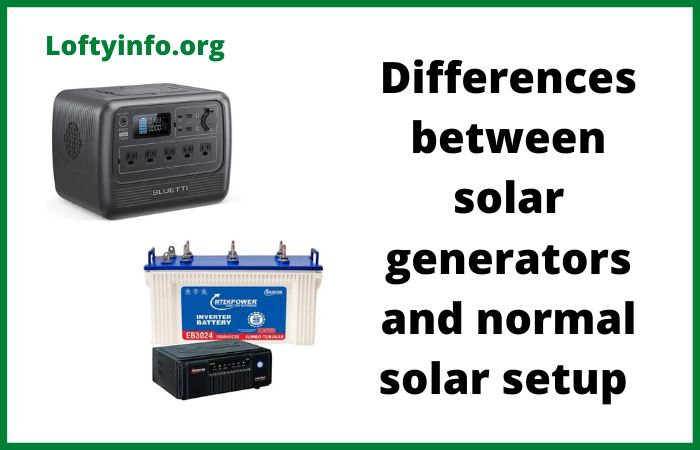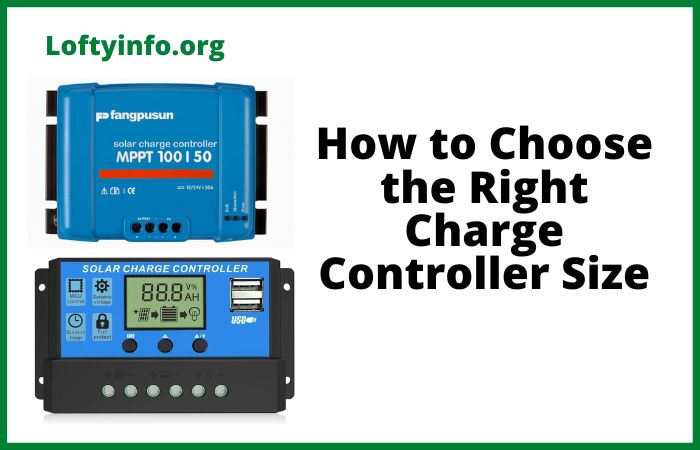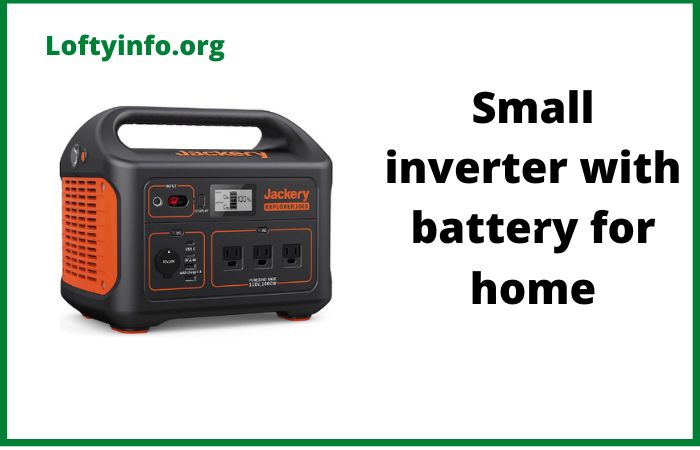How to Make Solar Generators Last Longer
Solar generators have become an indispensable power solution for homeowners, outdoor enthusiasts and anyone seeking energy independence.
These portable power stations combine solar panels with battery storage to provide clean, renewable electricity wherever you need it.
Like any significant investment, understanding proper care and maintenance is crucial to maximizing your return.
With prices ranging from a few hundred to several thousand dollars, learning how to make solar generators last longer isn’t just about sustainability, it’s about protecting your investment and ensuring reliable power for years to come.
The good news is that solar generators are relatively low-maintenance compared to traditional gas-powered generators.
They have fewer moving parts, produce no emissions and operate silently.
Yet many owners unknowingly shorten their unit’s lifespan through improper storage, charging habits or environmental exposure.
The typical solar generator can last anywhere from 5 to 15 years depending on usage and care with the battery being the most critical component affecting longevity.
By following these essential practices, you can significantly extend your solar generator’s operational life and maintain optimal performance throughout its lifetime.
How to Make Solar Generators Last Longer
1) Maintain Optimal Battery Charge Levels
The battery is the heart of your solar generator and how you manage its charge cycles directly impacts its lifespan.
Lithium-ion batteries which power most modern solar generators perform best when kept between 20% and 80% charge.
Regularly draining the battery to zero or constantly keeping it at 100% creates unnecessary stress on the cells, accelerating degradation.
For long-term storage, aim to maintain your battery at around 50-60% charge.
This sweet spot minimizes chemical stress within the cells and prevents capacity loss.
If you’re not using your solar generator regularly, check the charge level every two to three months and recharge as needed.
Many units experience a slow self-discharge even when turned off typically losing 2-5% of capacity per month.
Avoid leaving your solar generator plugged in continuously once it reaches full charge.
While most modern units have built-in protection circuits, prolonged periods at maximum capacity can still reduce overall battery life.
Instead, unplug the unit once charging is complete and reconnect when the charge drops to the recommended range.
2) Control Temperature Exposure
Temperature is one of the most critical factors affecting solar generator longevity.
Lithium-ion batteries are particularly sensitive to extreme heat and cold, with high temperatures causing the most severe damage.
Operating or storing your unit in temperatures above 85°F (29°C) accelerates chemical reactions inside the battery, leading to faster capacity degradation and reduced cycle life.
Always store your solar generator in a cool, dry location away from direct sunlight.
A basement, climate-controlled garage or interior closet makes an ideal storage spot.
If you must use your generator in hot conditions, position it in shaded areas with good airflow and never leave it in a sealed vehicle or enclosed space where heat can build up rapidly.
Cold temperatures below 32°F (0°C) also pose challenges, though less severe than heat.
Freezing conditions temporarily reduce battery performance and can damage cells if you attempt to charge them while frozen.
If you need to use your solar generator in cold weather, allow it to warm to room temperature before charging or use the internal battery’s residual heat by running it briefly before connecting solar panels.
3) Practice Regular Maintenance Cycles
Even if you don’t use your solar generator frequently, periodic activation keeps the internal components healthy.
Battery management systems (BMS) need regular cycling to maintain accurate charge level readings and cell balance.
Run your unit through a complete charge and partial discharge cycle at least once every three months, even during periods of non-use.
During these maintenance cycles, test all output ports and features to ensure everything functions correctly.
Check USB ports, AC outlets and DC outputs under light loads.
This practice helps identify potential issues early before they become serious problems and verifies that your emergency backup power remains reliable when you need it most.
Clean the exterior and ventilation ports during these maintenance sessions.
Dust and debris can accumulate in cooling vents, reducing airflow and causing the unit to run hotter than designed.
Use compressed air or a soft brush to gently remove buildup from vents, ports and solar panel connectors.
Never use water or liquid cleaners directly on the unit, as moisture can damage internal electronics.
4) Protect Solar Panels From Physical Damage
While the battery requires the most attention, your solar panels also need proper care to maintain efficiency.
Modern solar panels are durable, but they’re not indestructible.
Scratches, cracks, or dirt accumulation on panel surfaces reduce power output and force your generator to work harder to recharge, indirectly stressing the battery system.
Clean your solar panels regularly with a soft, damp cloth and mild soap if necessary.
Avoid abrasive materials that could scratch the protective coating.
Even a thin layer of dust can reduce panel efficiency by 5-7%, while bird droppings or stubborn grime can cut output by 20% or more.
In dusty environments or after storms, inspect and clean panels more frequently.
When transporting or storing panels, protect them from impacts and sharp objects.
Many solar generators come with protective cases for their panels use them.
If your panels fold, ensure all latches and hinges work properly as loose connections can lead to internal wire damage.
Store panels flat or at a slight angle in a dry location away from heavy items that could fall and cause damage.
5) Use Appropriate Power Loads
Understanding your solar generator’s capacity and respecting its limitations prevents premature failure.
Every unit has a continuous power rating and a surge capacity for starting high-draw appliances.
Regularly running devices that push your generator to its maximum output creates excessive heat and stress on internal components, shortening overall lifespan.
Aim to use your solar generator at 50-70% of its rated capacity during normal operation.
This provides headroom for efficiency losses and prevents the unit from working at maximum stress constantly.
If you frequently need more power than your current unit provides, consider upgrading to a larger capacity model rather than continuously overloading your existing generator.
Pay attention to power spikes when starting motor-driven appliances like refrigerators, power tools or pumps.
These devices can draw 2 to 7 times their running wattage for a few seconds during startup.
Ensure your solar generator’s surge capacity comfortably exceeds these spikes or use soft-start devices to reduce initial power demands.
Repeated surge events beyond the unit’s rated capacity can damage the inverter and battery management system.
6) Implement Proper Charging Practices
How you charge your solar generator affects its longevity as much as how you discharge it.
When using solar panels, position them for optimal sun exposure and use properly rated panels that match your generator’s input specifications.
Undercharging from insufficient solar input is better than overcharging from exceeding input voltage or current limits.
Many solar generators also accept wall charging and car charging options.
While convenient, wall charging typically delivers power faster than solar, which generates more heat.
Use wall charging when needed but don’t make it your exclusive charging method.
The slower, cooler charging from solar panels is gentler on batteries and can contribute to extending their lifespan when used as the primary charging source.
Avoid charging and discharging simultaneously when possible.
While most quality solar generators handle this scenario safely, it’s not optimal for battery health.
The constant switching between charging and discharging states creates additional work for the battery management system and generates extra heat.
If you need continuous power while recharging, ensure your solar input significantly exceeds your power draw to minimize cycling stress.
7) Update Firmware and Monitor System Health
Modern solar generators are sophisticated devices with digital control systems that can receive updates.
Manufacturers regularly release firmware updates that improve charging algorithms, enhance battery management and fix bugs that could affect performance or longevity.
Check your manufacturer’s website or app periodically for available updates and install them as recommended.
Many advanced units offer smartphone apps that provide detailed information about battery health, cycle counts, cell balance and temperature readings.
Use these tools to monitor your system’s condition over time.
Noting gradual changes in performance or capacity helps you identify issues early and adjust your usage patterns accordingly.
A sudden drop in capacity or unusual temperature readings can signal problems requiring professional attention.
Keep records of your solar generator’s usage patterns, including approximate cycle counts and any issues you encounter.
This information proves valuable when assessing warranty claims or deciding when replacement becomes necessary.
Most lithium-ion batteries retain about 80% capacity after 500 to 1000 complete charge cycles, depending on quality and usage conditions.
Understanding where your unit falls in this lifecycle helps you plan for eventual replacement while maximizing the years of service you receive.
Conclusion
Learning how to make solar generators last longer combines common sense with specific technical knowledge about battery chemistry and electronics.
The practices outlined above aren’t complicated but they require consistency and attention to detail.
By maintaining proper charge levels, controlling temperature exposure, performing regular maintenance, protecting physical components, respecting power limitations, charging correctly and monitoring system health, you can easily extend your solar generator’s useful life well beyond average expectations.
Remember that your solar generator is a long-term investment in energy independence and emergency preparedness.
The small amount of time spent on proper care and maintenance pays dividends through years of reliable service, maintained resale value and the peace of mind that comes from knowing your backup power system will function when you need it most.
Treat your solar generator well, and it will serve you faithfully through countless power outages, camping trips and off-grid adventures for many years to come.





